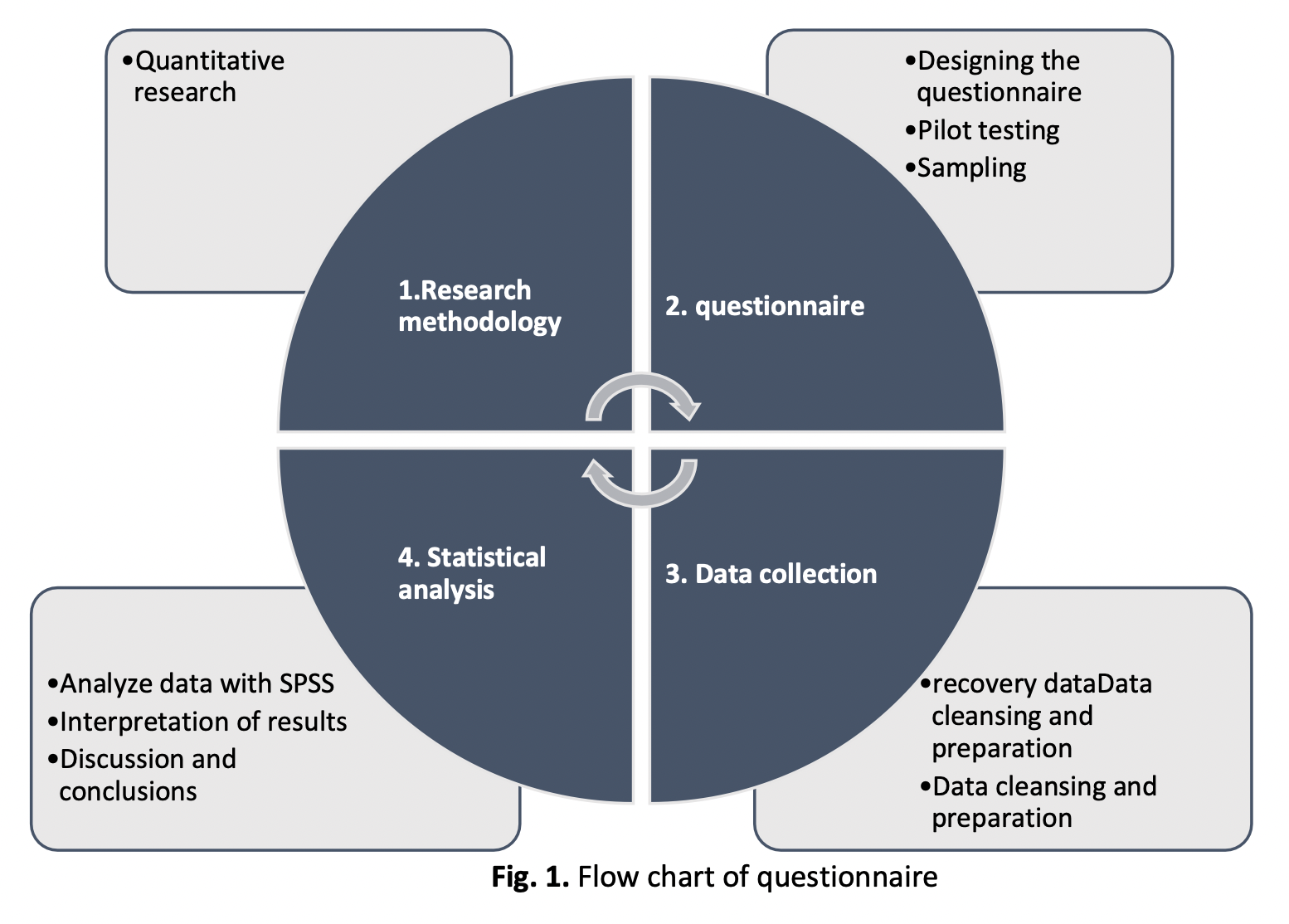The Integration of Internet of Things (IoT) Technology into Fire Evacuation Plan in High-Rise Buildings
DOI:
https://doi.org/10.37934/araset.42.1.239253Keywords:
High-rise buildings, Internet of things, escape systems, evacuation procedures, sensorsAbstract
With the rapid socio-economic development and urbanization, the emergence of high-rise buildings effectively alleviates the problem of tight urban land use but also increases the pressure of fire escape due to their large vertical drop, complex structural functions, and dense population. With the increasing popularity of Internet of Things (IoT) technology, there is a growing interest in using IoT technology for high-rise building fire escape. IoT for high-rise building fire escape refers to the application of IoT technologies and devices to improve the effectiveness and efficiency of evacuation procedures in fire incidents. This research investigated the issue of high-rise building escape to investigate a feasible, the aim is to explore the advantages of IoT technology for fire escape in high-rise buildings and to evaluate the effectiveness of IoT technology in real-life scenarios of fire evacuation plans for high-rise buildings. To achieve this goal, this research used a quantitative method to examine the impact of IoT technology to systematically integrate into fire escape methods and technical systems. The study of fire escape systems for high-rise buildings provided a quick understanding of fire hazards, helped people quickly choose the correct escape route and minimize reaction time, while easing people's panic. The use of IoT technology provided new ideas and methods for high-rise fire escape and provided a case reference for the application of IoT technology in life. The results of this study showed that IoT technology had great potential to enhance fire escape mechanisms in high-rise buildings. The integration of IoT technology into fire escape implementation offered a great opportunity to improve the effectiveness and efficiency of high-rise building evacuation procedures. By harnessing the capabilities of IoT devices and sensors, a more proactive and intelligent approach to fire escape could be achieved.
Downloads





























